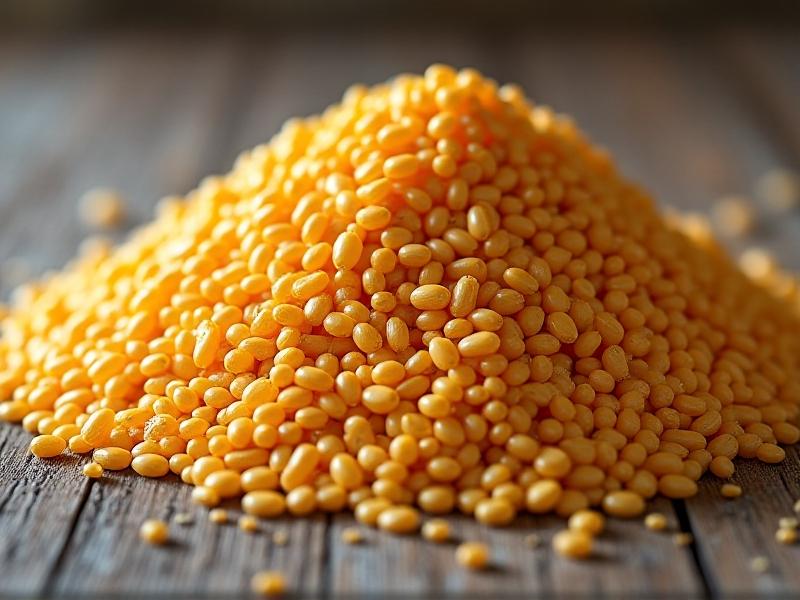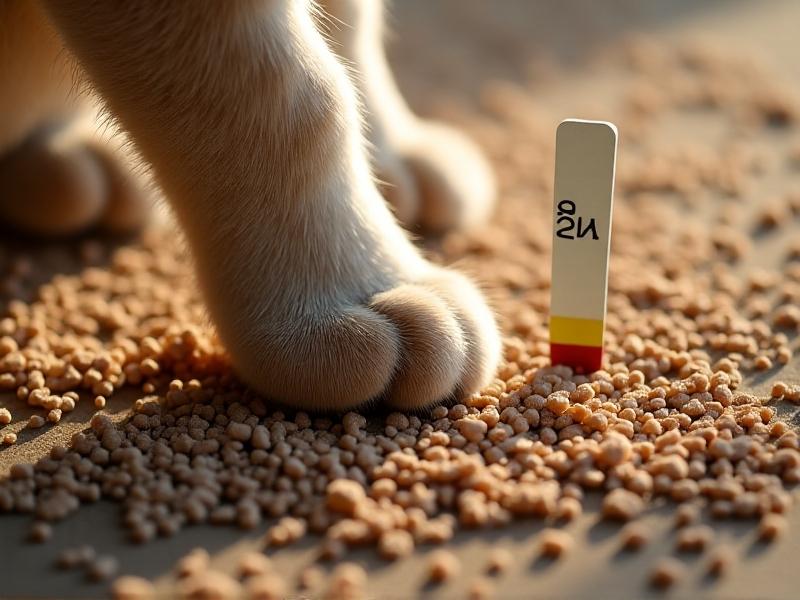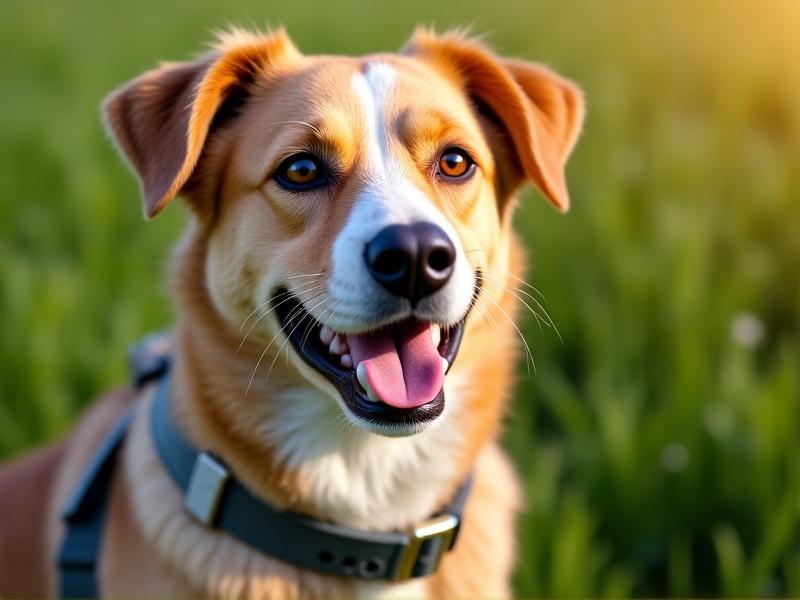Biodegradable Cat Waste Bags: Durability and Decomposition Rates
Understanding Biodegradable Cat Waste Bags
Biodegradable cat waste bags have become a popular choice for environmentally conscious pet owners. These bags are designed to break down naturally, reducing the environmental impact of pet waste. Unlike traditional plastic bags, which can take hundreds of years to decompose, biodegradable options are made from materials that can be broken down by microorganisms in a relatively short period. This makes them a more sustainable choice for managing cat litter and waste.
The materials used in biodegradable cat waste bags vary, but common options include cornstarch, polylactic acid (PLA), and other plant-based polymers. These materials are not only renewable but also compostable under the right conditions. However, it's important to note that not all biodegradable bags are created equal. Some may require specific environments, such as industrial composting facilities, to break down effectively.
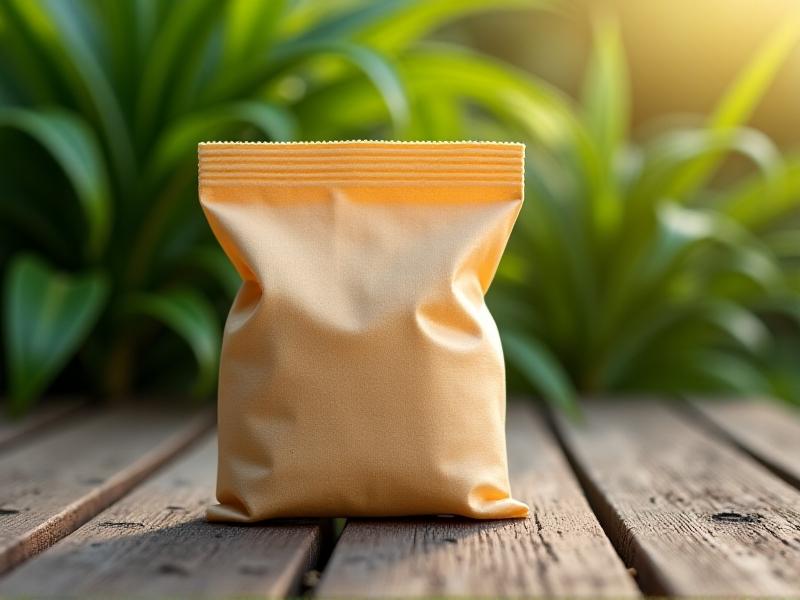
When choosing biodegradable cat waste bags, it's essential to consider their durability and decomposition rates. Durability ensures that the bag can hold up under the weight and moisture of cat waste without tearing, while decomposition rate determines how quickly the bag will break down after disposal. Balancing these two factors is crucial for both practicality and environmental impact.
The Science Behind Biodegradable Materials
Biodegradable materials are designed to decompose through the action of living organisms, such as bacteria, fungi, and algae. The process of biodegradation involves the breakdown of complex polymers into simpler compounds, such as water, carbon dioxide, and biomass. This process can occur in various environments, including soil, water, and compost piles, depending on the material's composition and the conditions present.
For biodegradable cat waste bags, the key is to use materials that can decompose efficiently without leaving harmful residues. Cornstarch-based bags, for example, are derived from renewable resources and can break down into non-toxic components. Similarly, PLA, which is made from fermented plant sugars, is another popular choice due to its compostable properties. However, the rate at which these materials decompose can vary based on factors such as temperature, humidity, and the presence of microorganisms.

Understanding the science behind biodegradable materials helps pet owners make informed decisions about the products they use. By choosing bags made from materials that align with their environmental goals, they can contribute to reducing plastic waste and promoting sustainability.
Durability: A Key Factor in Cat Waste Bags
Durability is a critical factor when it comes to cat waste bags. After all, no one wants a bag that tears or leaks when handling pet waste. Biodegradable cat waste bags must be strong enough to hold the weight and moisture of cat litter without compromising their integrity. This is especially important for cat owners who may need to dispose of waste multiple times a day.
Manufacturers of biodegradable cat waste bags often use reinforced materials or special additives to enhance their strength. For example, some bags may include a layer of biodegradable plastic to increase their tear resistance. Others may use thicker materials or incorporate natural fibers to improve durability. The goal is to create a bag that is both eco-friendly and practical for everyday use.
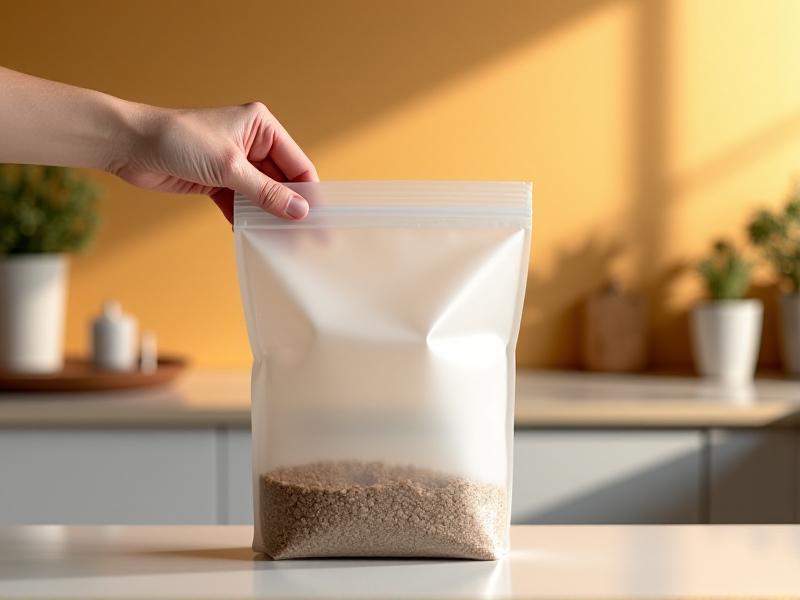
When evaluating the durability of biodegradable cat waste bags, it's important to consider factors such as thickness, seam strength, and resistance to punctures. Reading product reviews and conducting personal tests can help pet owners find bags that meet their needs. A durable bag not only makes waste disposal easier but also ensures that the bag won't break open during transport, preventing potential messes and environmental contamination.
Decomposition Rates: How Quickly Do They Break Down?
The decomposition rate of biodegradable cat waste bags is a crucial factor in their environmental impact. While the goal is to have these bags break down quickly, the actual rate can vary depending on the materials used and the conditions in which they are disposed. For example, bags made from cornstarch or PLA may decompose faster in industrial composting facilities, where temperatures and humidity levels are carefully controlled.
In contrast, bags disposed of in home compost piles or landfills may take longer to break down. In landfills, the lack of oxygen and microorganisms can significantly slow the decomposition process, even for biodegradable materials. This is why it's important for pet owners to follow disposal guidelines and, when possible, choose bags that are certified for home composting or industrial composting.
Understanding decomposition rates helps pet owners make more informed choices about the products they use. By selecting bags that align with their disposal methods, they can maximize the environmental benefits of biodegradable materials. Additionally, supporting brands that provide clear information about decomposition rates and disposal guidelines can encourage more sustainable practices in the pet care industry.
Environmental Impact: Reducing Plastic Waste
The environmental impact of plastic waste is a growing concern, and pet owners are increasingly looking for ways to reduce their contribution to this problem. Traditional plastic cat waste bags can take hundreds of years to decompose, during which time they can release harmful chemicals into the environment and pose a threat to wildlife. Biodegradable cat waste bags offer a more sustainable alternative by breaking down into non-toxic components in a relatively short period.
By choosing biodegradable options, pet owners can help reduce the amount of plastic waste that ends up in landfills and oceans. Additionally, many biodegradable bags are made from renewable resources, further reducing their environmental footprint. However, it's important to note that the effectiveness of biodegradable bags depends on proper disposal. For example, bags that are certified for industrial composting should be disposed of in appropriate facilities to ensure they break down as intended.
Supporting the use of biodegradable cat waste bags can also encourage more sustainable practices in the pet care industry. As demand for eco-friendly products grows, manufacturers may invest in developing new materials and technologies that further reduce environmental impact. By making conscious choices, pet owners can play a role in promoting a more sustainable future for both their pets and the planet.
Choosing the Right Biodegradable Cat Waste Bags
With so many options available, choosing the right biodegradable cat waste bags can feel overwhelming. To make an informed decision, pet owners should consider factors such as material composition, durability, decomposition rate, and disposal methods. Reading product labels and certifications can provide valuable information about the bag's environmental impact and performance.
For example, bags that are certified by organizations such as the Biodegradable Products Institute (BPI) or meet ASTM D6400 standards for compostability are more likely to break down effectively in the appropriate conditions. Additionally, pet owners may want to consider the bag's thickness and seam strength to ensure it can handle the weight and moisture of cat waste without tearing.
Ultimately, the best biodegradable cat waste bag is one that meets the pet owner's needs while aligning with their environmental values. By taking the time to research and compare products, pet owners can find bags that are both practical and sustainable. Additionally, supporting brands that prioritize eco-friendly practices can help drive positive change in the industry.
Conclusion: The Future of Biodegradable Cat Waste Bags
As awareness of environmental issues continues to grow, the demand for biodegradable cat waste bags is likely to increase. These products offer a more sustainable alternative to traditional plastic bags, helping pet owners reduce their environmental impact while still managing their pets' waste effectively. However, the success of biodegradable bags depends on proper disposal and continued innovation in materials and manufacturing processes.
By choosing biodegradable options and supporting brands that prioritize sustainability, pet owners can contribute to a healthier planet. Additionally, educating others about the benefits of biodegradable cat waste bags can help spread awareness and encourage more widespread adoption of eco-friendly practices. As the pet care industry evolves, biodegradable cat waste bags represent a step forward in creating a more sustainable future for both pets and the environment.



